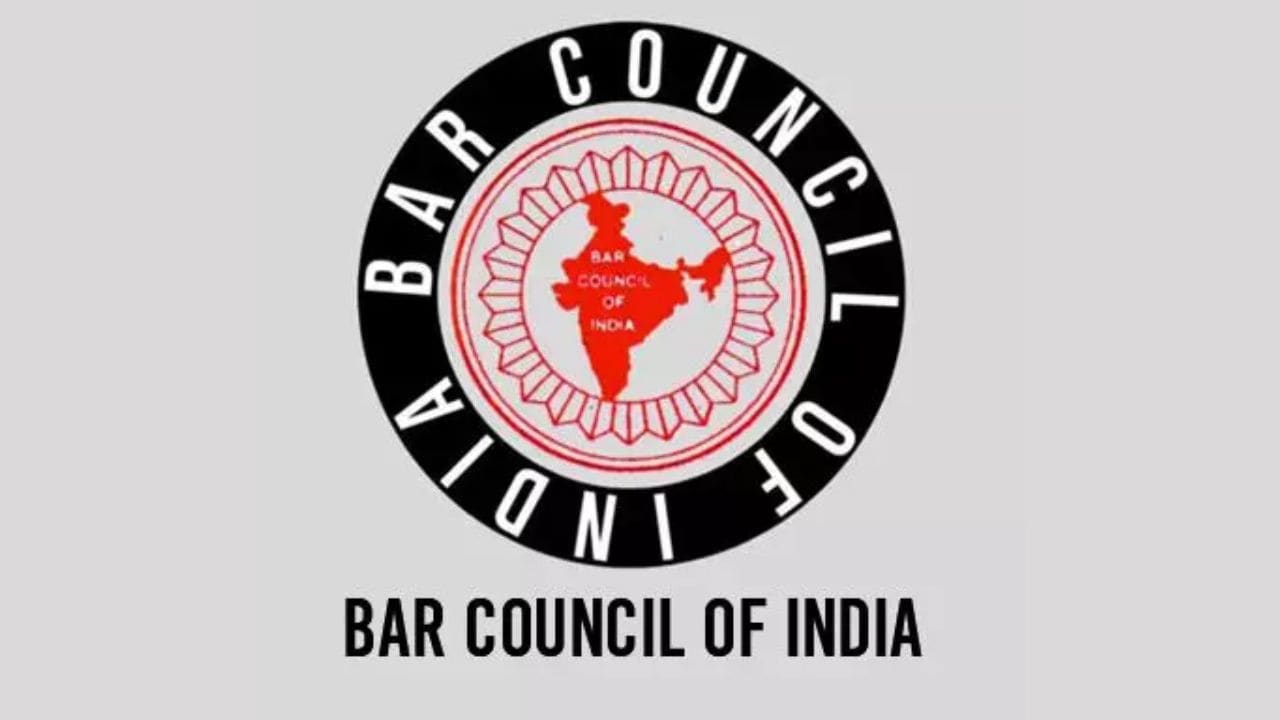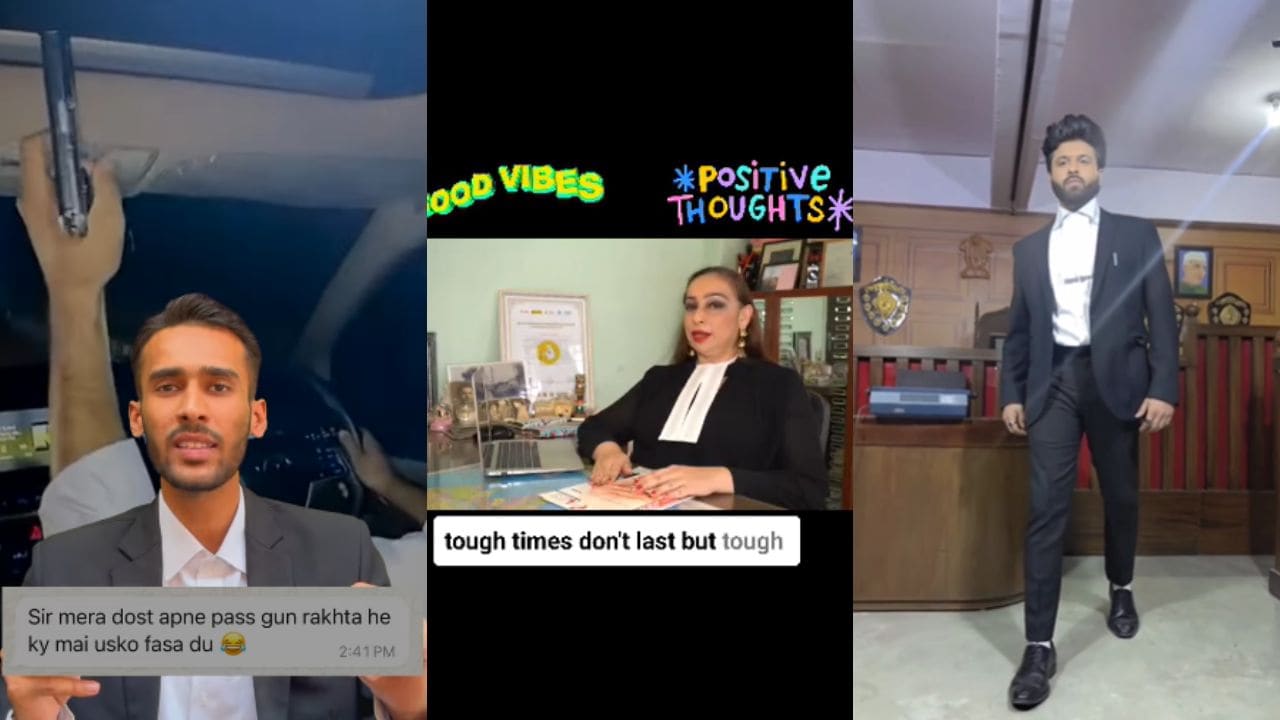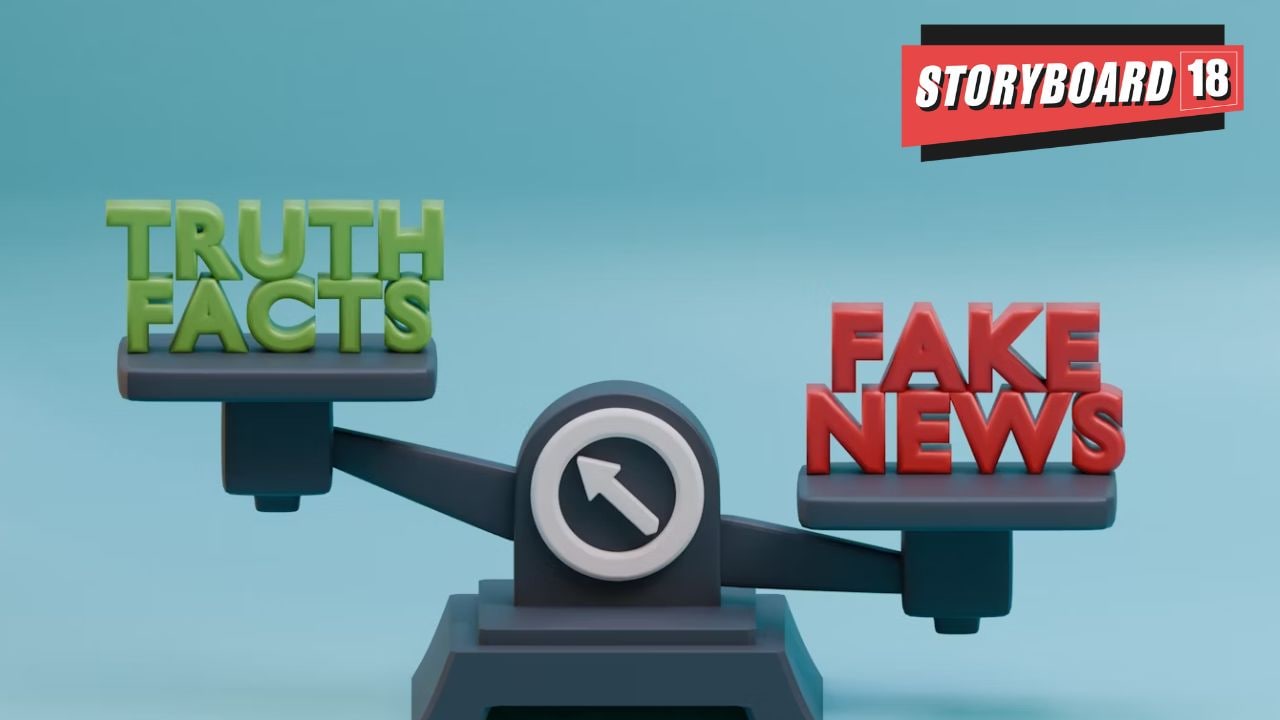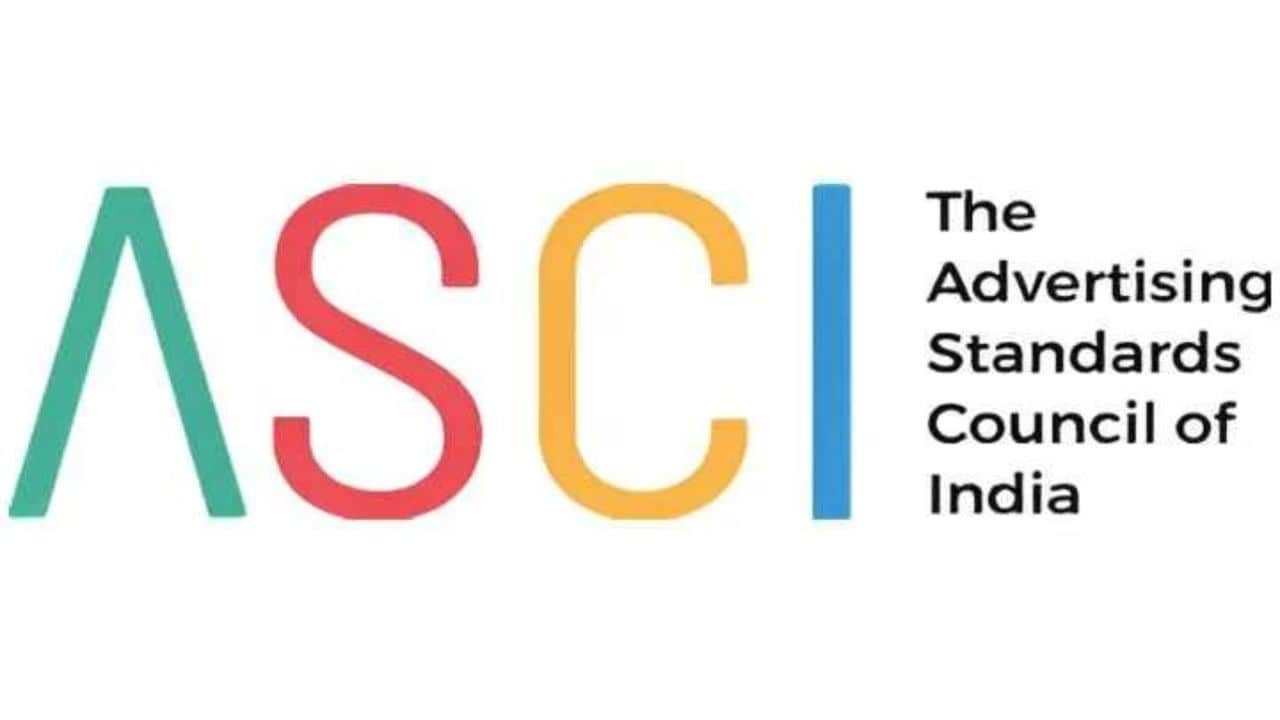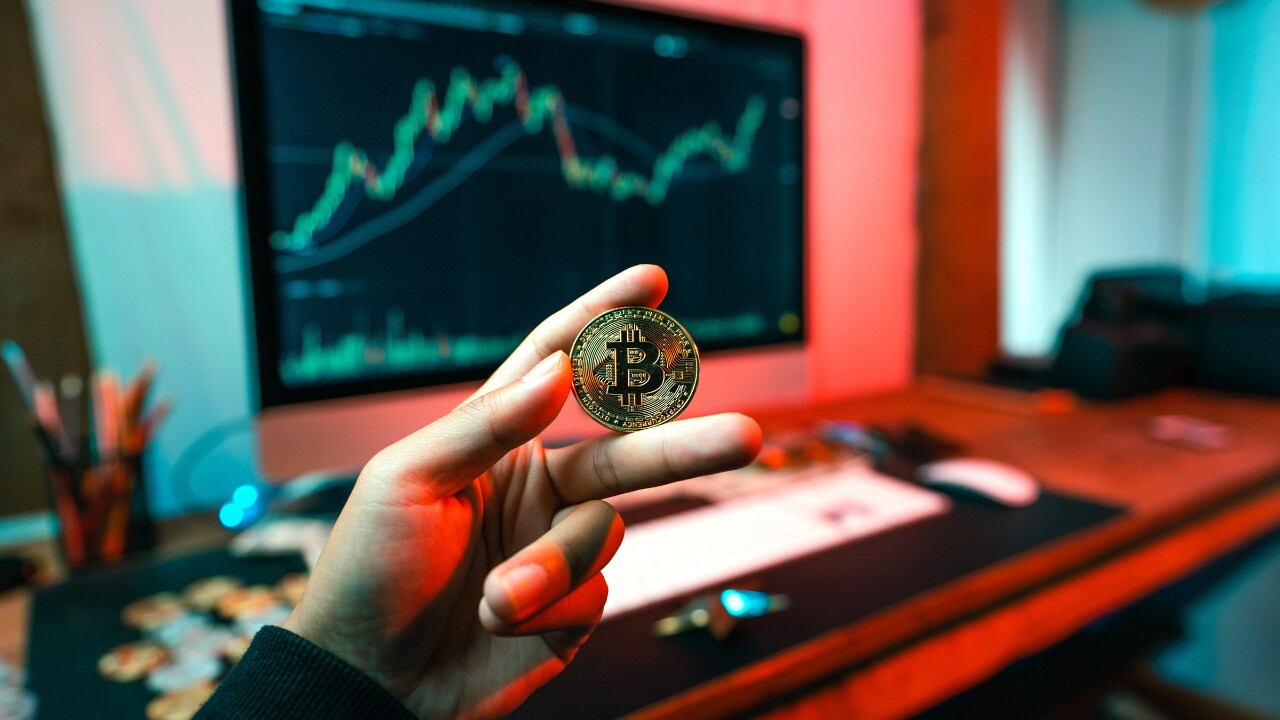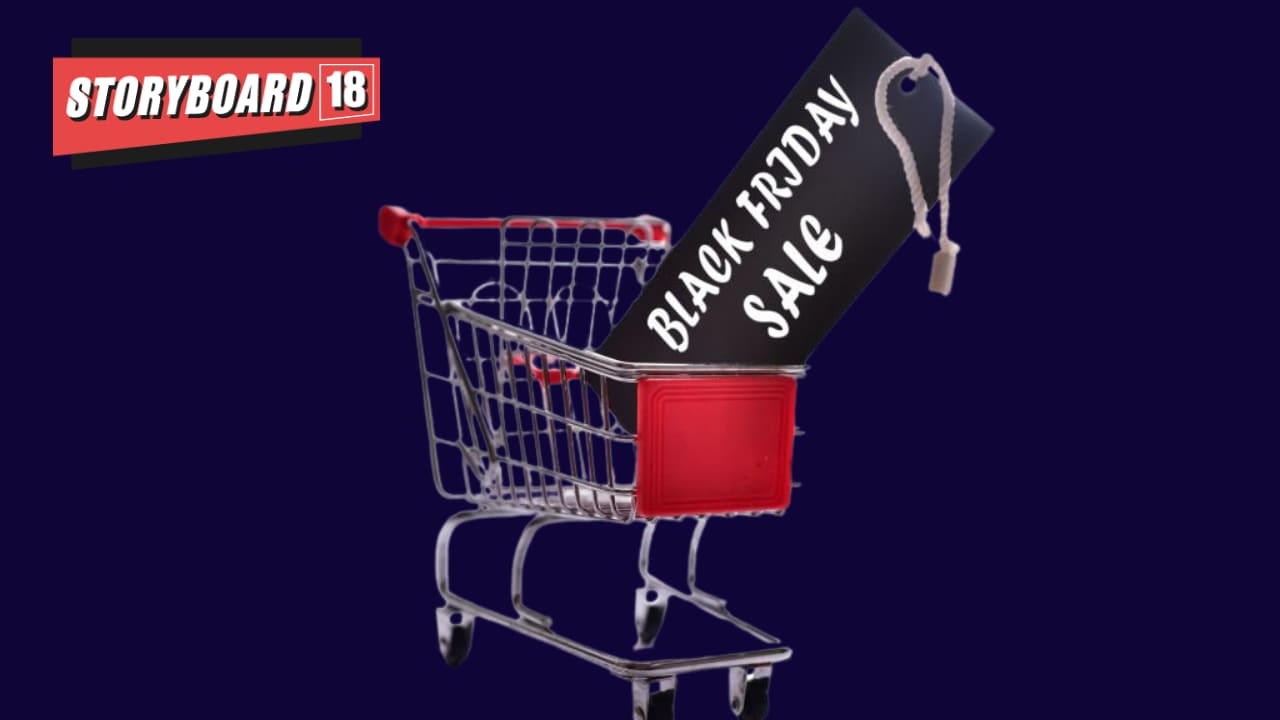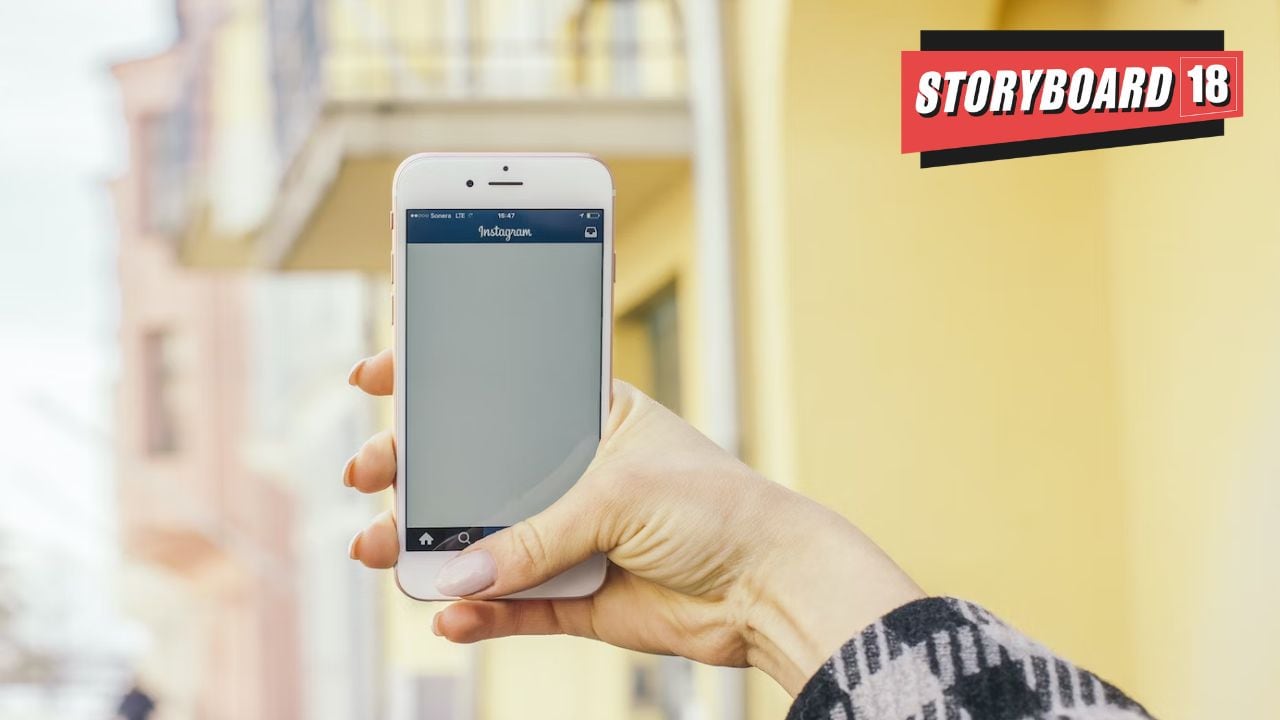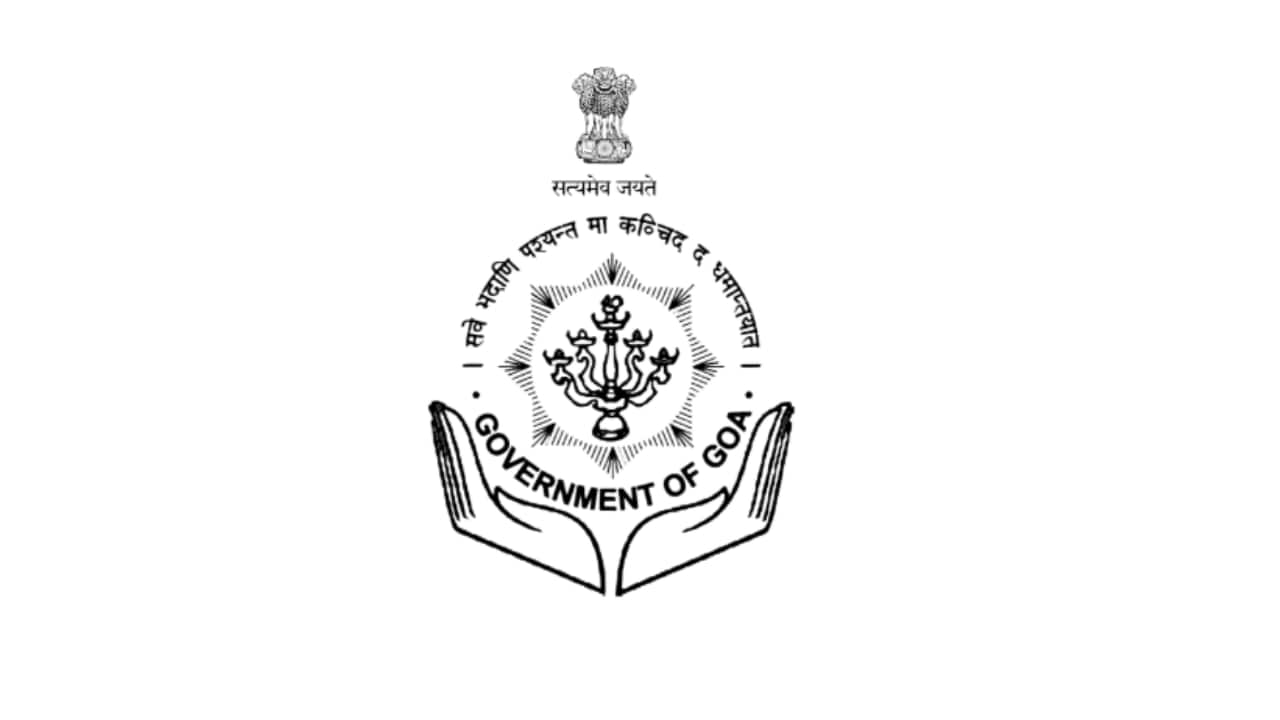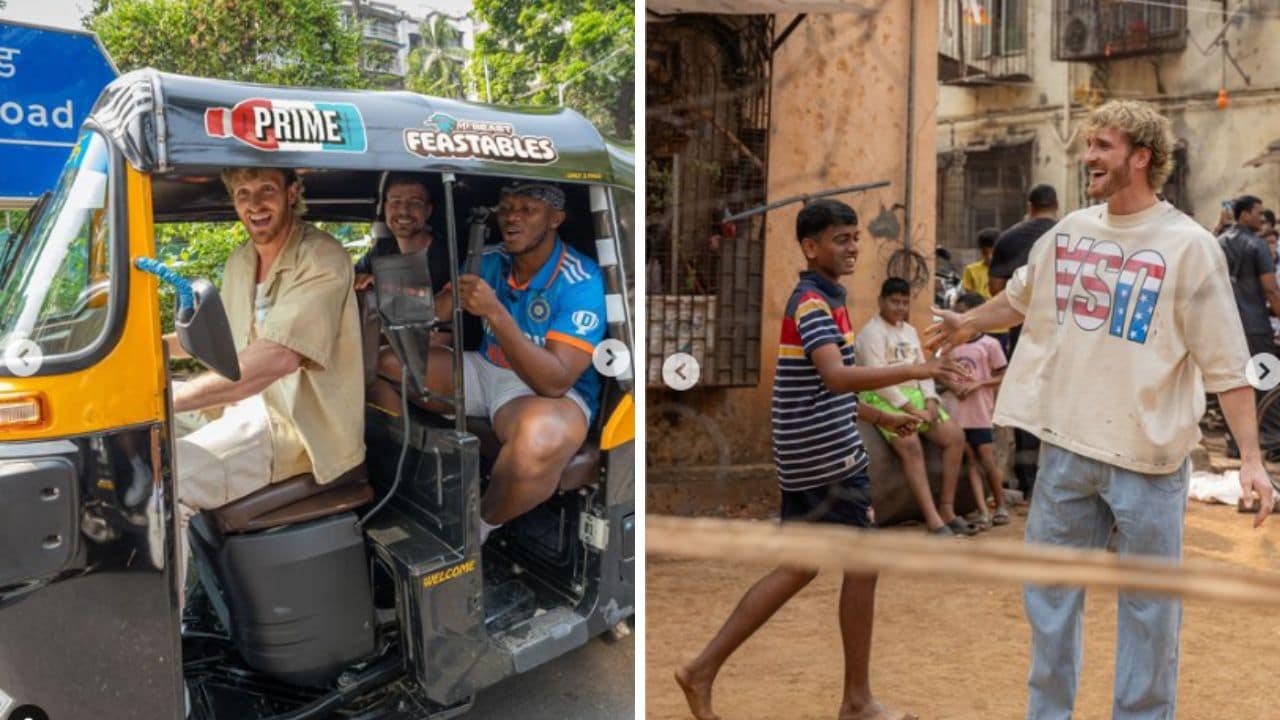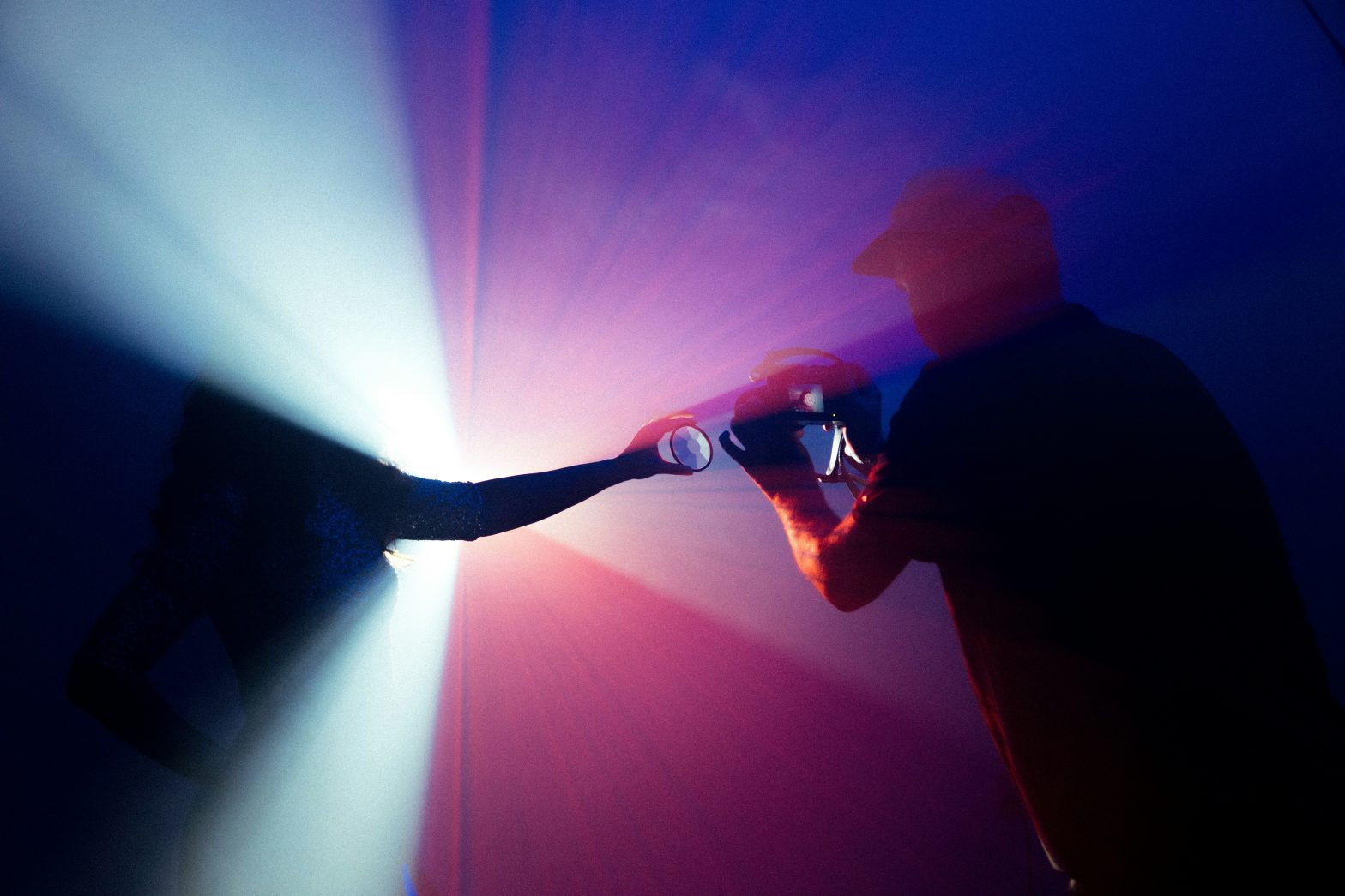Advocates hold forth on the limitations of the apex body of lawyers to come up with cogent norms to arrest the growing menace. They offer suggestions and solutions that can make the general public about the do’s and don’ts while following these legal influencers’ advice.
Tag: influencer marketing
How legal influencers are breaching BCI Rules
An alarming trend has come to light following the mushrooming of influencers in the legal arena. Misleading information rules the roost coupled with rampant violation of Bar Council of India rules. Storyboard18 digs deep into the repercussions and the dire need for regulations to bridge the critical gap.
Rise of legal influencers and misinformation
The growing number of legal influencers in the country is causing concern among experts about the impacts of influencer-activity in the space.
Social media influencers under ASCI’s radar for next two quarters
Steep rise in violations of ASCI guidelines by influencers for promoting cryptocurrency and illegal betting companies.
Influencers push crypto ads in rampant violation of ASCI guidelines
The ASCI guidelines state that all virtual digital asset-related advertisements released on or after April 1, 2022, must include the disclaimer
From gadgets to skincare! India embraces Black Friday Sales as ecomm sees surge in sales
One of the major shifts this year has been the increased participation of tier 2 and tier 3 cities in Black Friday sales.
Digital advertising market to double by FY29 to $17 billion, reveals Redseer’s report
The SFV market engages close to 250 million monthly users with over 63% of SFV engagement coming from tier-2+ regions
Goa implements Social Media Influencer Policy; more posts, more paisa
The Entertainment Society of Goa (ESG), the nodal agency responsible for hosting the International Film Festival of India (IFFI), will utilize the services of social media influencers to promote government schemes, policies, and programs.
From MrBeast to Khaby Lame: how international influencers are taking to India
India’s booming digital landscape — coupled with rising affluence and cultural diversity — is attracting international influencers in a big way.
The Content Flywheel: Your Key to Sustainable Growth
A content flywheel is a strategic approach that creates a self-reinforcing cycle of growth.
